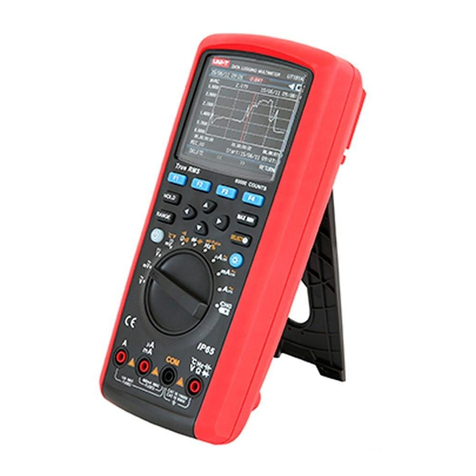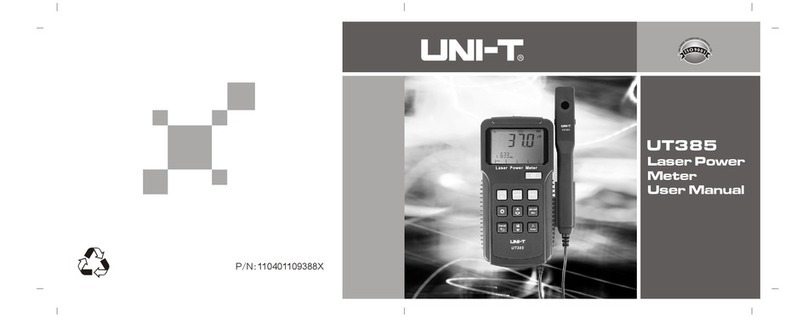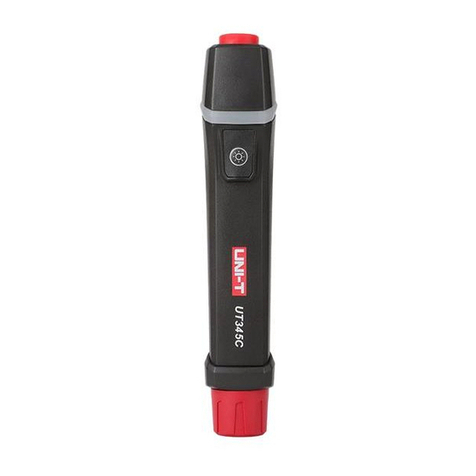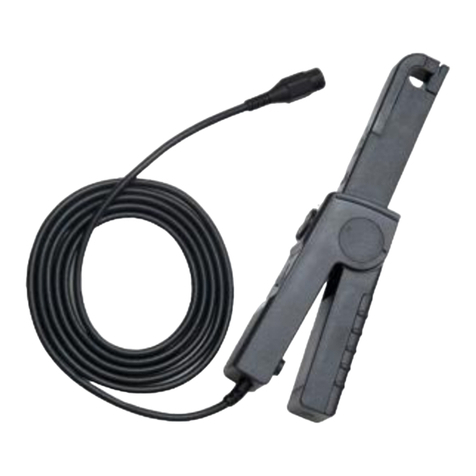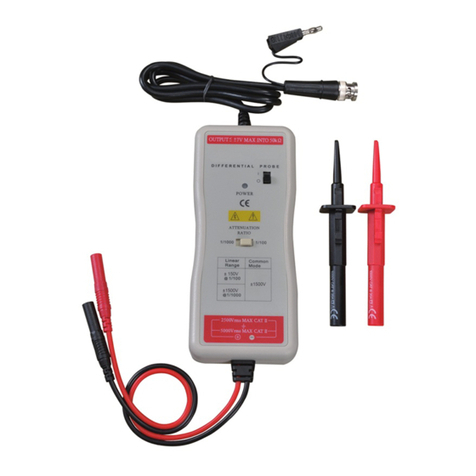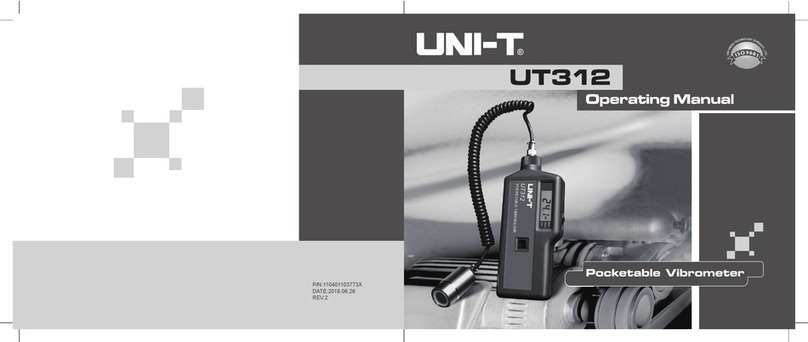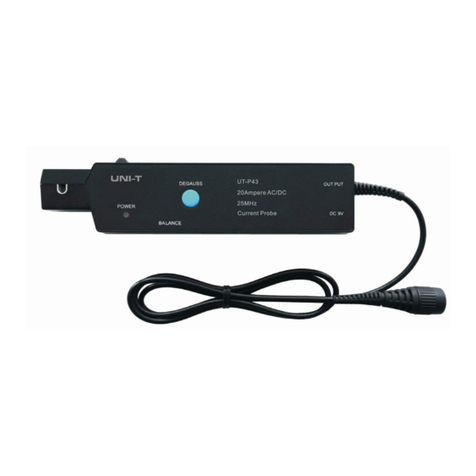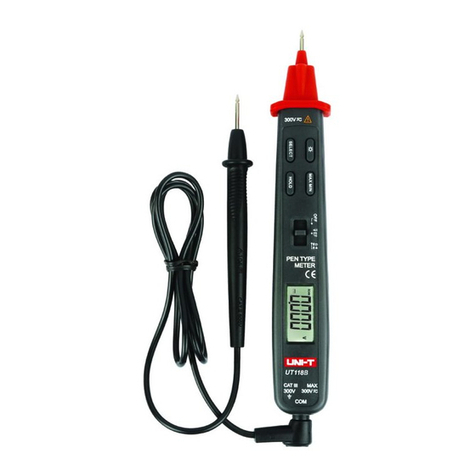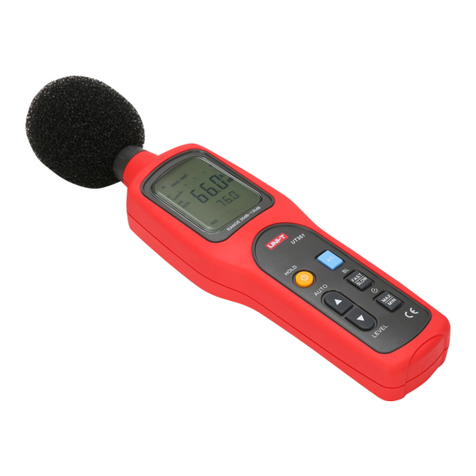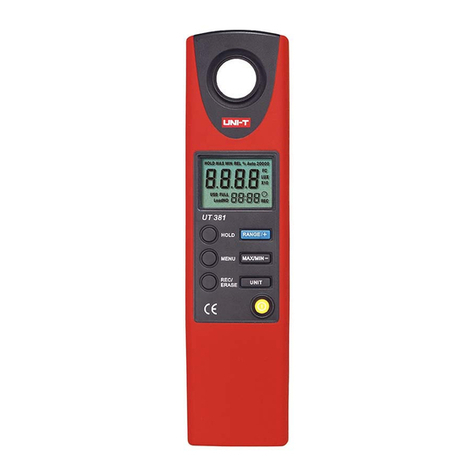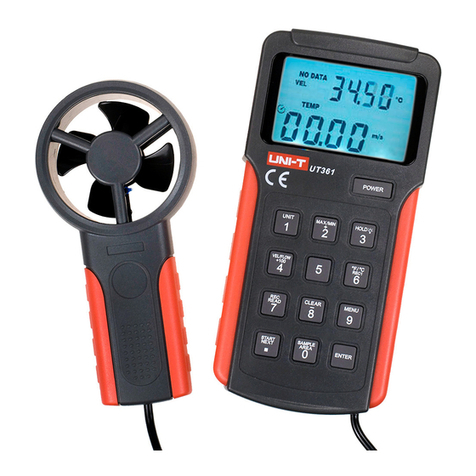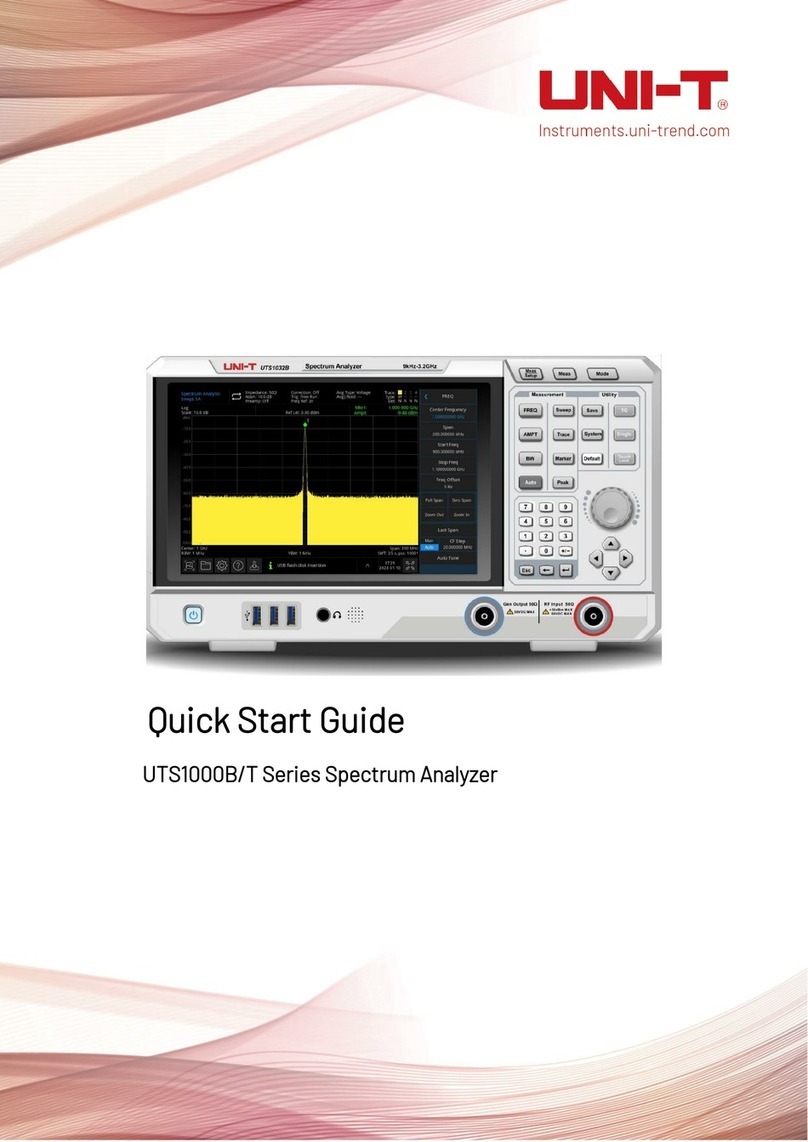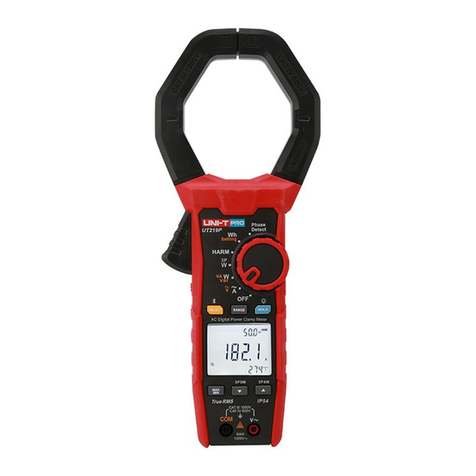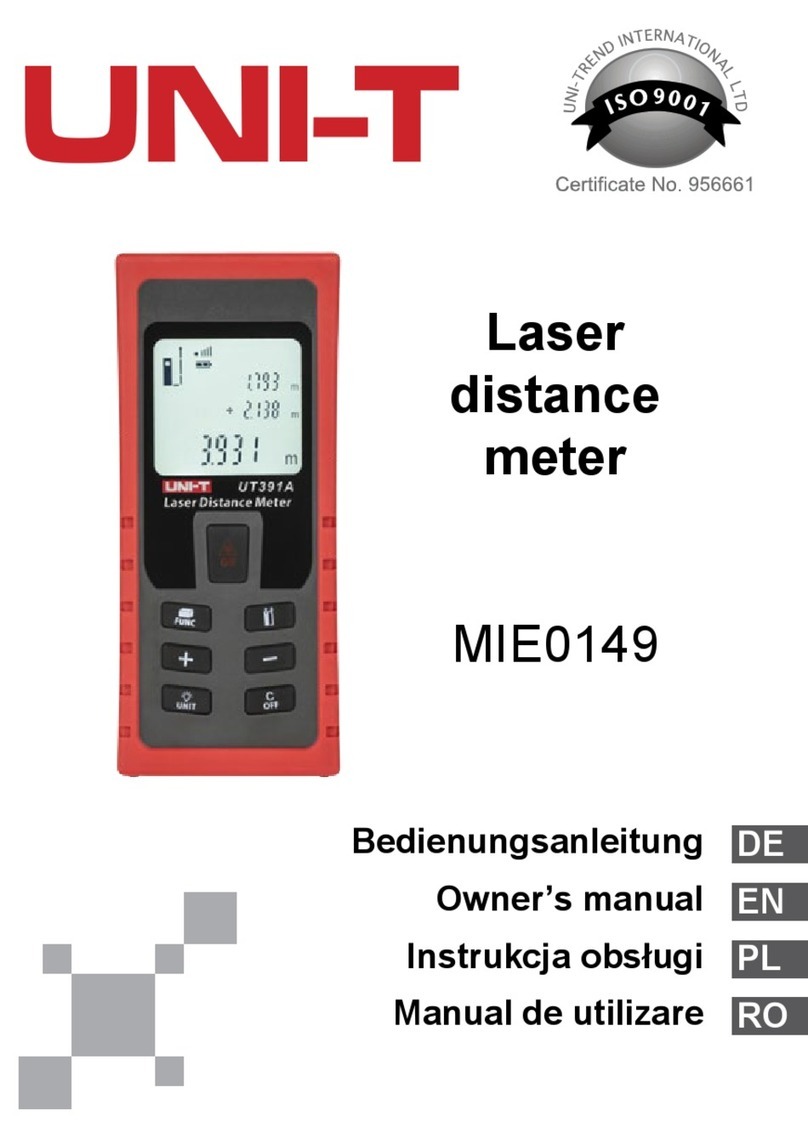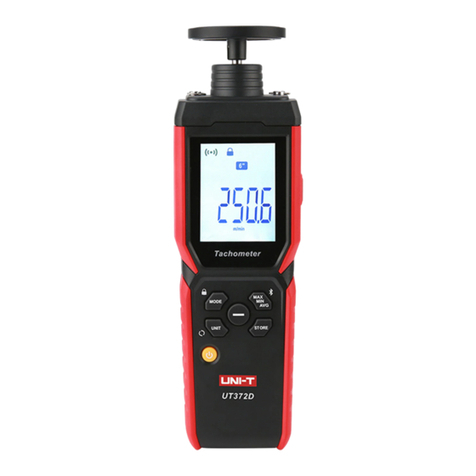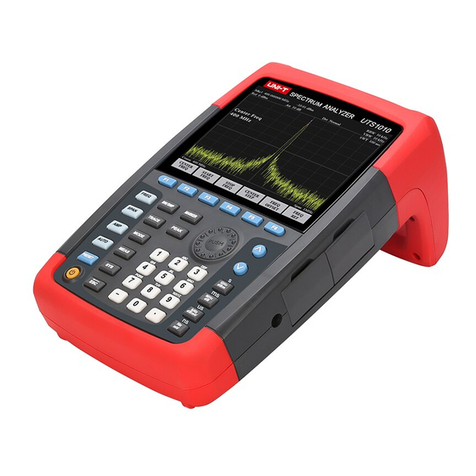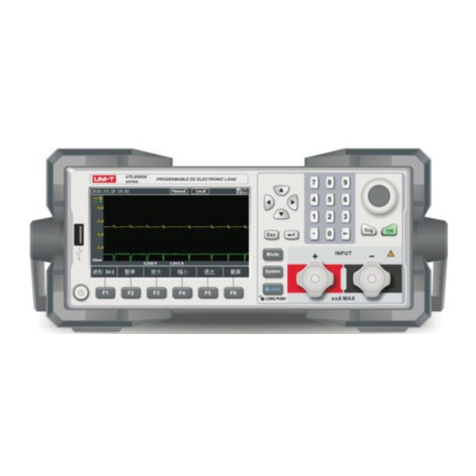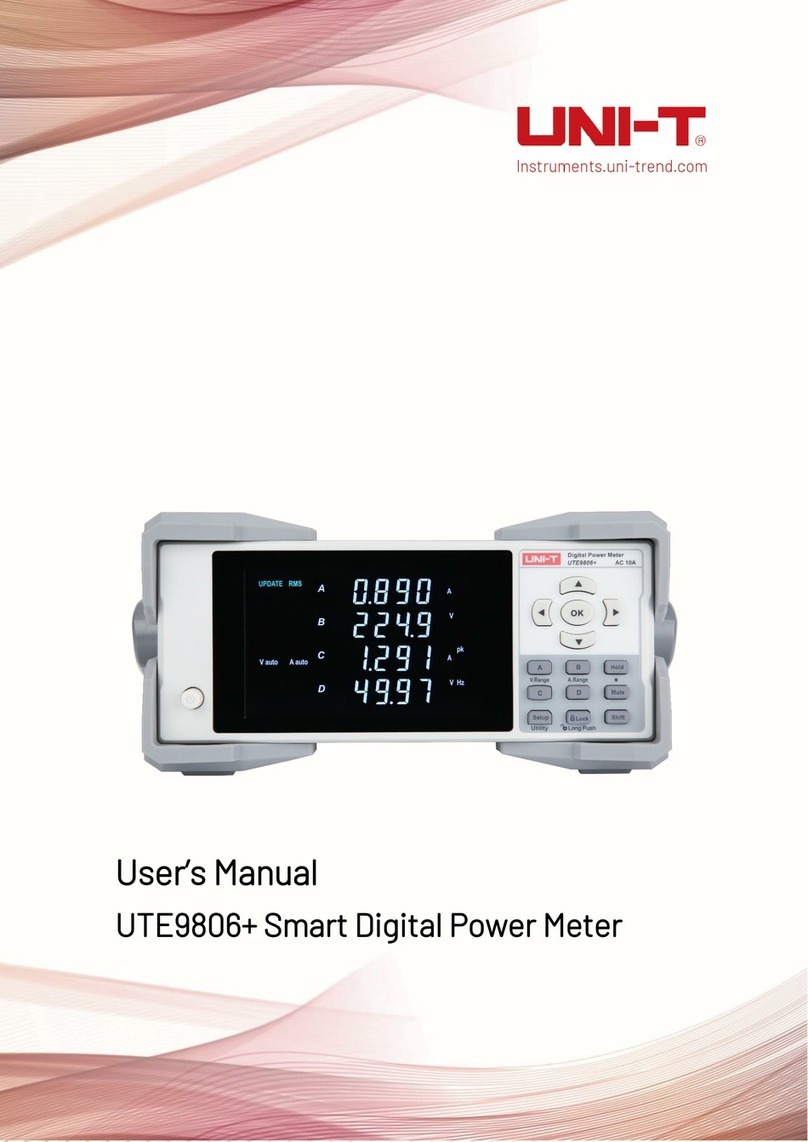
UTL8500 Series User Manual
7
4.2.4 OCP/OPP Mode...................................................................................... 29
4.2.5 CR-LED Mode......................................................................................... 30
4.2.6 Battery Mode........................................................................................... 31
4.2.7 Load Effect.............................................................................................. 33
4.2.8 OVP Mode............................................................................................... 34
4.2.9 Short-Circuit Mode .................................................................................. 35
4.2.10 Time Mode............................................................................................ 36
4.3 Parameter Input and Loading Measurement.................................................. 37
4.3.1 Numeric Key............................................................................................ 37
4.3.2 Pulse Knob.............................................................................................. 38
4.3.3 Ripple Measurement............................................................................... 38
4.3.4 Input Control............................................................................................ 38
4.4 Trigger Method .............................................................................................. 38
4.5 Sense............................................................................................................ 39
4.6 Screenshot .................................................................................................... 39
4.7 Saving and Applying of Configuration............................................................ 39
5. System Configuration Page.............................................................................. 40
5.1 System Configuration..................................................................................... 40
5.1.1 Language................................................................................................ 42
5.1.2 Key Sound............................................................................................... 42
5.1.3 Date ........................................................................................................ 42
5.1.4 Warn Sound............................................................................................ 42
5.1.5 Time........................................................................................................ 42
5.1.6 DIM Display............................................................................................. 42
5.1.7 Initial Mode.............................................................................................. 42
5.1.8 Knob Active............................................................................................. 43
5.1.9 Communication Setting ........................................................................... 43
5.1.10 Restore Factory Setting......................................................................... 43
5.2 Parameter Setting.......................................................................................... 44
5.3 File ................................................................................................................ 47
5.4 Instrument Info............................................................................................... 47
5.5 Local/Remote ................................................................................................ 47
6. Communication Interface and Terminal........................................................... 48
7. Technical Specifications................................................................................... 51












